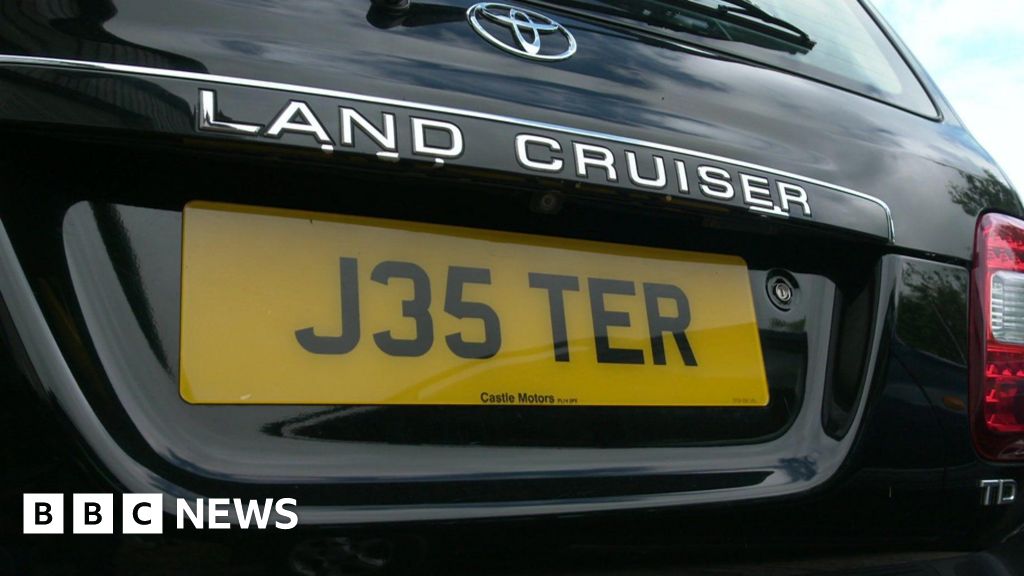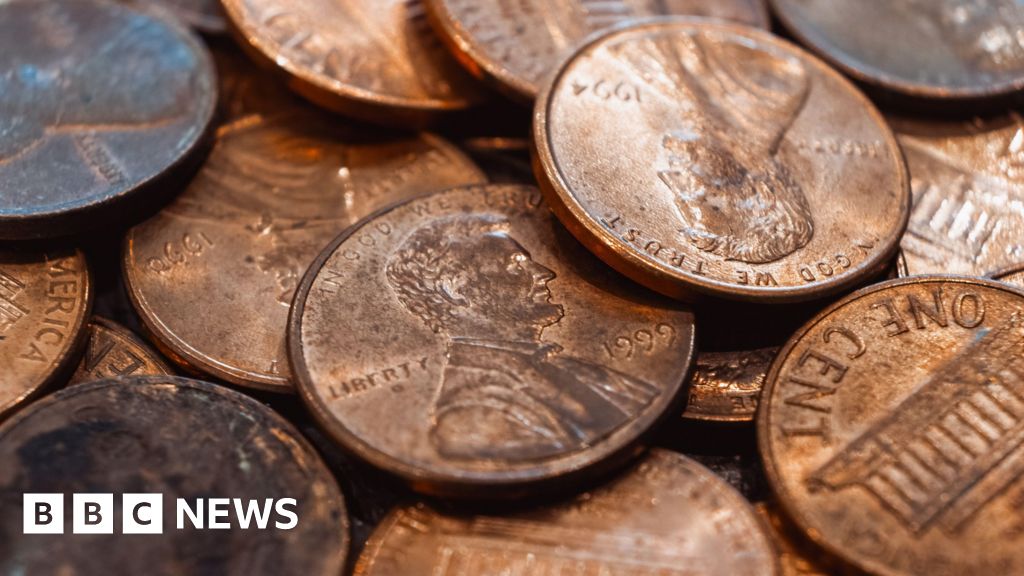- Editorial
Curiosity, experimentation and learning are crucial if women are to shape the future of work
时间:2010-12-5 17:23:32 作者:Golf 来源:Green 查看: 评论:0内容摘要:says at least 17 people died inside the park in motor vehicle crashes since 2007, ranking it the second most common cause of deaths behind medical issues.says at least 17 people died inside the park in motor vehicle crashes since 2007, ranking it the second most common cause of deaths behind medical issues.
“It does feel like old-school technology, but they are lifesaving devices,” Smith said.Radios can be particularly valuable in the South, where many

when people are sleeping. “This can wake you up in the middle of the night with the alarm,” Smith said.The National Weather Service encourages people to have multiple ways of being warned, which can include weather radios, a cellphone app or other method in case power is lost. Redundancy is key, Smith said.The ideal places to take shelter are enclosed, underground shelters and basements, or a safe room above ground that’s designed to withstand tornadic winds.

But many people don’t have that option — in Oklahoma, for example, the clay soil makes building basements expensive, so lots of homes don’t have them.If you have to be above ground in a tornado, “your goal is to put as many walls and barriers between you and the outside as you possibly can,” Smith said.

Smith recommends using mattresses, couch cushions or other sturdy items to protect yourself from deadly flying or falling debris. Bicycle or sports helmets can provide crucial head protection. It’s important that they are stored in a convenient place so they can be retrieved quickly, when you have only minutes or seconds before the storm strikes.
A car seat can help protect a small child, Smith says, and can be brought inside ahead of time.raged across Los Angeles earlier this year, Trump falsely blamed efforts to protect California’s endangered delta smelt for fire hydrants
in urban areas. On social media, he called the slender fish found only in the Sacramento-San Joaquin Delta estuary a “worthless fish.”its water. His prior administration allowed more water to be directed to the Central Valley and out of the delta. Environmental groups opposed that, saying it would harm endangered species, including the delta smelt.
The pace of listings under the Endangered Species Act dropped dramatically during Trump’s first term. Now, his administration wants to redefine what “harm” means under the act, which has long included altering or destroying the places those species live.In a proposed rule last month, the U.S. Fish and Wildlife Service and National Marine Fisheries Service said habitat modification shouldn’t be considered harm because it isn’t the same as intentionally targeting a species, which is called “take.”
- 最近更新
- 2025-07-07 11:16:54What is the difference between Medicare Parts A and B?
- 2025-07-07 11:16:54Coconut Letter SwapPlayMasque Publishing
- 2025-07-07 11:16:54Canasta for TwoPlayMasque Publishing
- 2025-07-07 11:16:54Wealth managers gear up to put UK savings into private assets
- 2025-07-07 11:16:54The best barefoot shoes for running
- 2025-07-07 11:16:54Poker: Five Card DrawPlayMasque Publishing
- 2025-07-07 11:16:54Poker: Five Card DrawPlayMasque Publishing
- 2025-07-07 11:16:54Starts WithPlayMasque Publishing
- 热门排行
- 2025-07-07 11:16:54Clean-Out-the-Fridge Vegetable Soup
- 2025-07-07 11:16:54WordChuckPlayMasque Publishing
- 2025-07-07 11:16:54Being A Loyal Auto Insurance Customer Can Cost You
- 2025-07-07 11:16:54Taylor Swift Wows Fans with Surprise ‘Shake It Off’ Performance
- 2025-07-07 11:16:54Commission-free active trading and automated investing for 0.25% annual feeSoFi Invest
- 2025-07-07 11:16:54Volunteers use the universal language of music to soothe stressed shelter animals
- 2025-07-07 11:16:54Occer 12x25 Compact Binoculars$32$36Save $4with coupon
- 2025-07-07 11:16:54Taylor Swift Wows Fans with Surprise ‘Shake It Off’ Performance
- 友情链接
- Why law firms should widen their search for leaders The best barefoot shoes for running Iran’s Pezeshkian expresses ‘regret’ to the emir of Qatar guide Dual-Eligible Medicare & Medicaid Coverage guide Understanding Medicare Supplement Plans Gender gap in law at risk of widening amid diversity pullback CNNWith viral videos and buzzy spots, Zohran Mamdani crafts a Democratic blueprint Palestinians in Gaza are calling for their own ceasefire Zohran Mamdani stuns Democratic establishment in New York mayor race Palestinians in Gaza are calling for their own ceasefire Travel disruptions still hit Middle East in wake of US-Israel-Iran conflict Strings attached: a Q&A with Wimbledon’s premier tennis racket shop guide The Medicare Annual Enrollment Period Soaring pay rates fuel the rise of the superstar lawyer Eating Well7 late-night snacks to support your metabolism, according to experts Gender gap in law at risk of widening amid diversity pullback guide Medicare & Working Past Age 65 guide Best of Medicare Supplement Plans Taylor Swift Wows Fans with Surprise ‘Shake It Off’ Performance Strings attached: a Q&A with Wimbledon’s premier tennis racket shop Volunteers use the universal language of music to soothe stressed shelter animals guide The Medicare Annual Enrollment Period guide Medicare Savings Programs for Limited-Income Individuals Trump with Nato ‘all the way’ after questioning mutual defence pact PeopleFitness influencer left paralyzed from tick bite: ‘My body completely gave up on me’ guide Dual-Eligible Medicare & Medicaid Coverage Iran’s Pezeshkian expresses ‘regret’ to the emir of Qatar Eating Well7 late-night snacks to support your metabolism, according to experts CBS NewsAfter 36 years in LA, grandmother self-deports to Mexico, leaves family behind CNNWith viral videos and buzzy spots, Zohran Mamdani crafts a Democratic blueprint
